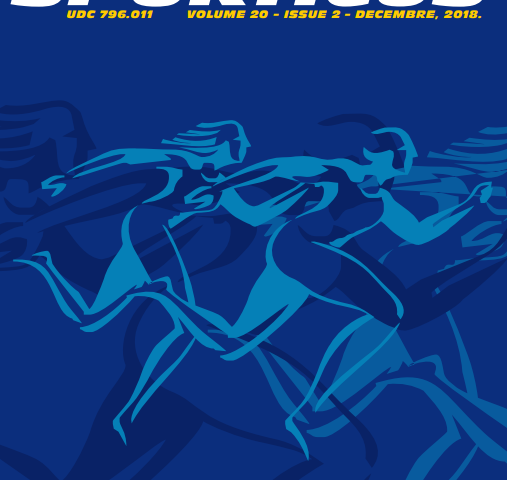Abstract
Proprioception is defined as the ability to understand the position of the body in space and it is independent of consciousness. Proprioceptive abilities are developed through training by having the sensory neurons establish quality and unconscious reactions in unpredicted situations. (Tuthill & Azim, 2018). The participant sample is made up of female children who are beginners at skating sports. The research was conducted on a sample of 60 participants (n=60) between 6 and 8 years of age (mean±SD: 7.48±0.33), and the following average body mass (mean±SD: 27.76±2.11 kg). The goal of the research was to determine the effects of additional proprioceptive training on the performance of basic skating elements and their successfulness in children between 6 and 8 years of age. Variables for estimating the success of motion structures in skating were represented in this research by grades for the level of success in performing skating elements given by three independent judges. The estimate of success involved the grade for Skating forward (SFWD), the grade for Skating forward in a figure-eight pattern (SFFE), the grade for Skating forward in a slalom (SFWS), grade for Skating forward on one leg (SFOL), and the grade for Skating forward in a crossover (SFWC).
Keywords: movement, structure, program, beginners, winter sports


